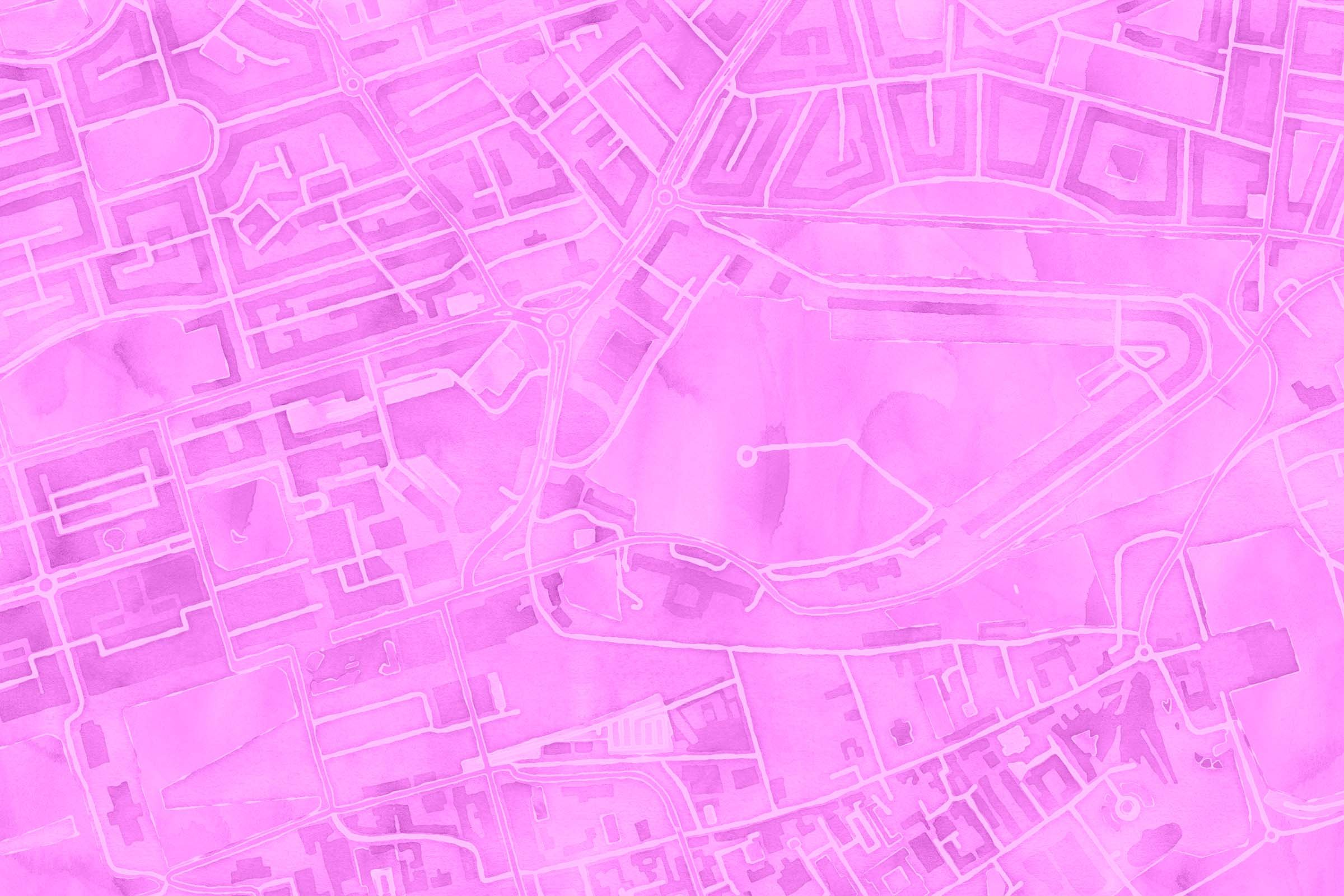
Jump to the Policy Recommendations | Research Findings
About AI in the Street
Understanding the messy reality of everyday encounters with AI in the street.
Over the last decade, the street has emerged as one of the primary sites where everyday publics encounter AI.
Industry and public sector organisations have deployed a variety of AI-based technologies in UK streets, from autonomous vehicles (AVs) to navigation apps, data-driven modelling in smart city projects and facial recognition technologies (FRT).
These deployments have been accompanied by significant policy initiatives defining societal benefits of AI-driven innovation (safety, levelling up, sustainability, inclusion) as well as institutional engagements with affected communities through policy exhibitions, user-centred workshops and citizen cafés.
However, from the perspective of the street, AI innovation often manifests as a messy social reality, provoking frictions that exceed existing frameworks for responsible innovation: in Cambridge, firefighters had to move a delivery robot that was in their way, while in Australia suburbs were left without electricity after a food delivery drone made an emergency landing on top of a set of power lines.
There remain, then, significant divergences between the general frameworks for responsible AI and the particular lived realities of AI in the street. To build capacity among everyday publics and AI innovation consortia to engage across such divides, this 6-month project developed a situated, creative approach to public engagement with AI: street-level observatories of everyday AI.
To bridge divides between lay and expert understandings of AI innovation, we evaluated and prototyped a set of street-level observatories for everyday AI. The aim of these observatories was to explore how everyday publics perceive and engage with AI at a primary site — city streets — where specific transformations, benefits, harms and (ir)responsibilities of AI in society can be made visible and thus legible for both publics and stakeholders.
To realise this, we collaborated with local partners and artists to trial creative interventions that invited people on the street to observe the effects of AI in the lived environment. Our scoping project:
built partnerships across the humanities, arts, and social sciences and with organisations and groups committed to situated forms of public engagement with AI-based science and innovation in connected and automated cities. In partnership with local government, we
trialled street-level AI observatories in 4 diverse UK cities — Cambridge, Coventry, London, and Edinburgh — and one international location, Logan (Australia). The observatories combined digital, place-based, and/or embodied approaches, such as data walks and sensor media (apps) and were designed to support shared learning across the project teams and partners. Trialling AI observatories in city streets enabled us to undertake:
a joint process of evaluating and prototyping an everyday AI observatory. This made visible the entanglement of everyday social life with AI, showing people and technologies in complex real-world settings where sectoral, disciplinary, and specialist interests intersect.
These insights will be of interest to partners in local and national government, public policy innovation, and AI scientists and industry representatives, and will create opportunities for developing shared understandings of societal responses and priorities between industry, policymakers, researchers and everyday publics.
Credits
AI in the Street is funded under the AHRC BRAID programme (Bridging Divides in Responsible AI). BRAID is a 3-year national research programme funded by the UKRI Arts and Humanities Research Council (AHRC), led by the University of Edinburgh in partnership with the Ada Lovelace Institute and the BBC. The AI in the Street project is led by the University of Warwick.
This project has received additional financial support from the Monash-Warwick Alliance Co-Fund.
Project Team
Project lead: Noortje Marres (University of Warwick)
Project co-leads:
Alex Taylor (University of Edinburgh),
Mercedes Bunz (King’s College London),
Theo Damoulas (University of Warwick),
Maya Indira Ganesh (Cambridge University),
Thao Phan (Monash University),
Rachel Coldicutt (Careful Industries)
Team:
Dominique Barron (Careful Industries),
Yasmine Boudiaf (University of Warwick),
Rachael Burton (Careful Industries),
Iain Emsley (University of Warwick),
Louise Hickman (University of Cambridge),
Rose Powell (University of Cambridge),
Bettina Nissen (University of Edinburgh),
Beatrice Gobbo (Politecnico de Milano)
Contributing artists:
Partners:
Greater Cambridgeshire Partnership

“AI is largely invisible and the degree of invisibility is related to power and privilege. It's important to equip people with knowledge of AI and that they understand what its value is to them.”
– Steph Wright, Head of Scottish AI Alliance, AI in the Street project partner




